Being able to describe the qualities of cannabis is an essential part of any budtender’s day. Whether you have been around this block a thousand times, or are just dipping your toes in, it’s always good to have a refresher on the basics of ganja. For example, there are over 500 chemical compounds in a cannabis plant, and about 60 of them are cannabinoids. These are big numbers, but we’ll break it down for you with this list of the most common cannabinoids.
Cannabinoids, the chemical compounds found in cannabis plants, have very diverse effects on the human body as they interact with the endocannabinoid system. Beyond THC and CBD, numerous other cannabinoids play pivotal roles in the therapeutic and psychoactive effects of cannabis. We’ll cover 10 of the most common cannabinoids, their effects, and their typical sources.
Top 10 Most Common Cannabinoids
1. Tetrahydrocannabinol (THC)
- Effects: Psychoactive, euphoria, relaxation, appetite stimulation.
- Found in: Cannabis Sativa & Indica.
- Uses: Pain relief, nausea reduction, appetite stimulation, muscle spasm control.
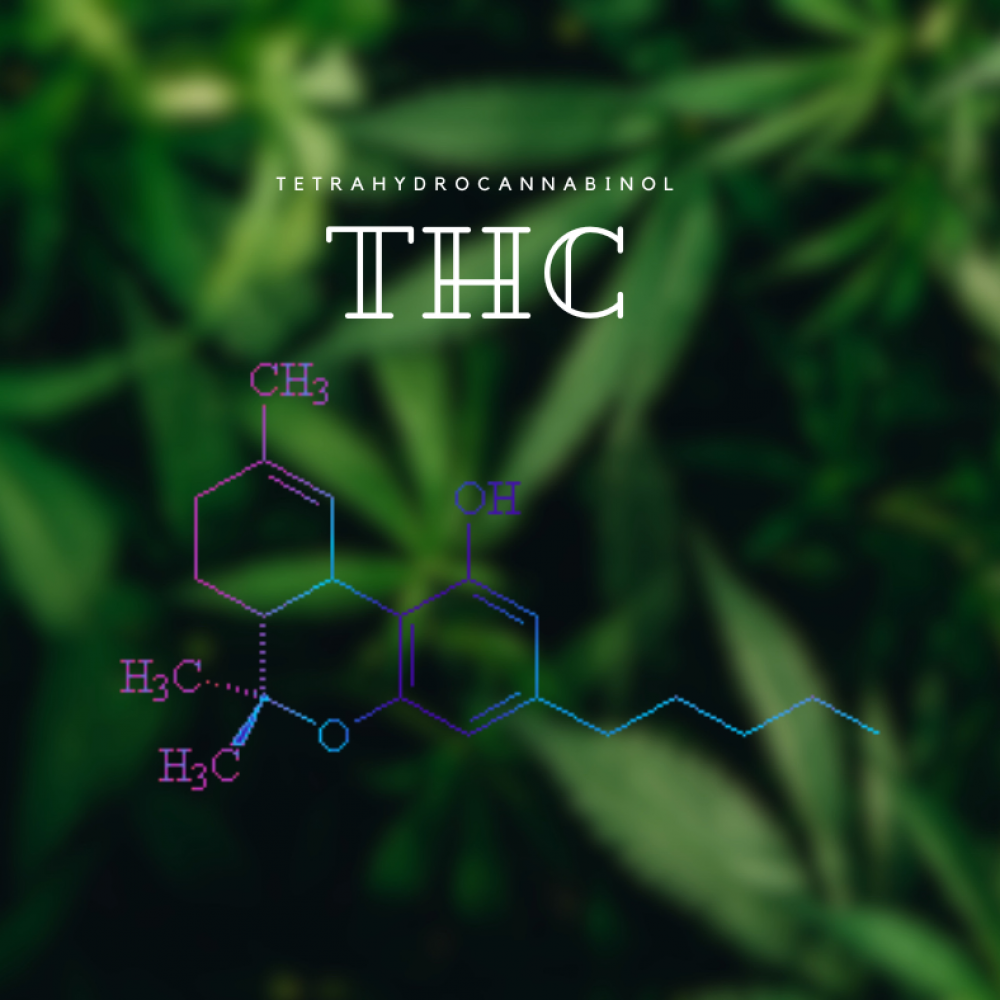
2. Cannabidiol (CBD)
- Effects: Non-psychoactive, anti-anxiety, anti-inflammatory, pain relief.
- Found in: Cannabis Sativa, Hemp, & Indica.
- Uses: Anxiety relief, anti-inflammatory effects, pain management, epilepsy treatment.
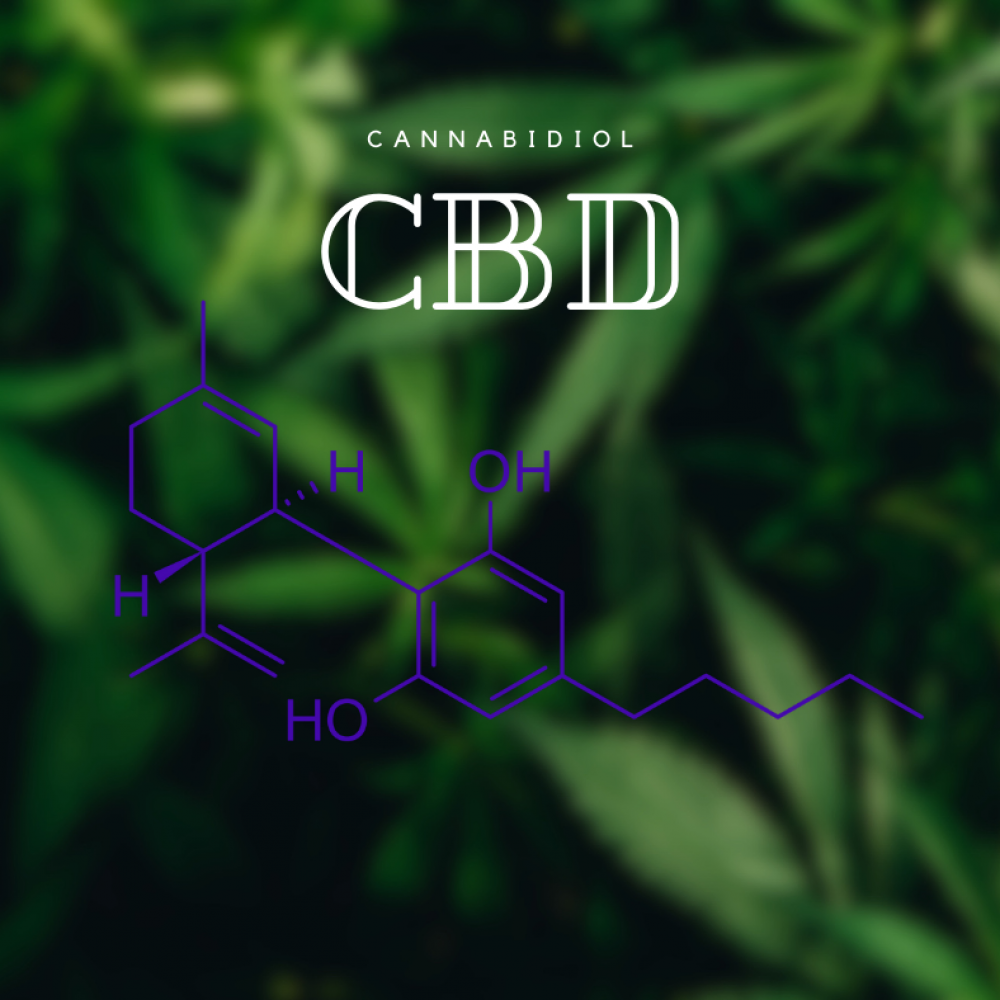
3. Cannabinol (CBN)
- Effects: Mildly psychoactive, sedative, may enhance THC’s effects.
- Found in: Aged Cannabis & Hemp.
- Uses: Sleep aid, appetite stimulation, pain relief, anti-inflammatory effects.
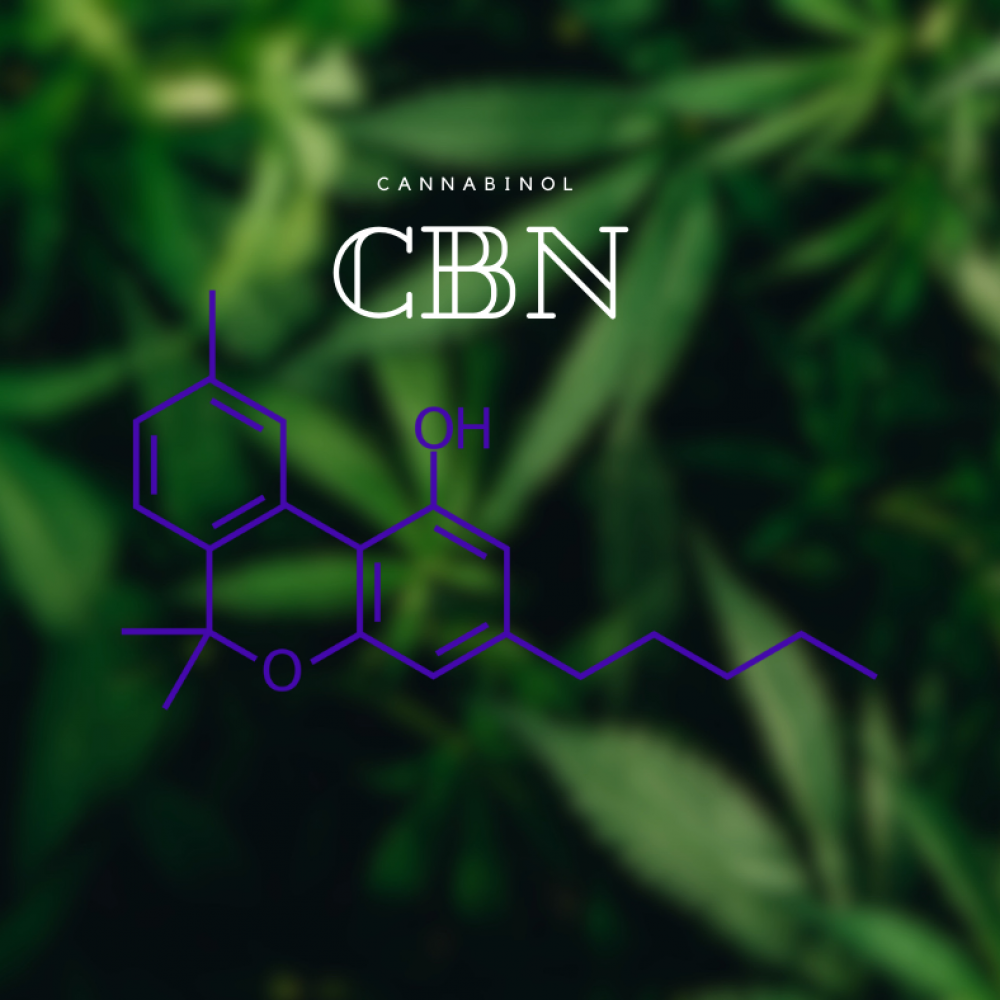
4. Cannabigerol (CBG)
- Effects: Non-psychoactive, potential anti-inflammatory, anti-bacterial effects.
- Found in: Young Cannabis & Hemp.
- Uses: Potential for treating glaucoma, inflammatory bowel disease, neurodegenerative diseases.
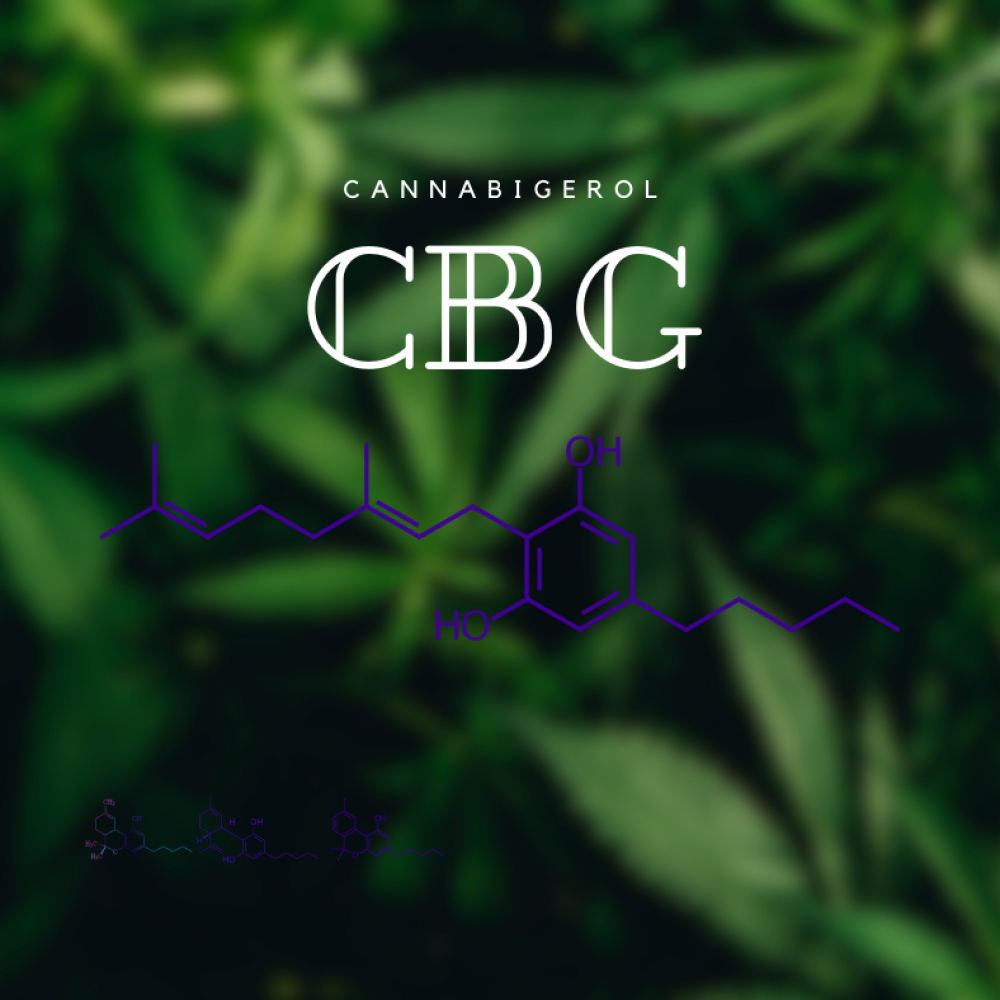
5. Cannabichromene (CBC)
- Effects: Non-psychoactive, potential antidepressant, anti-inflammatory effects.
- Found in: Cannabis Sativa, Indica, & Hemp.
- Uses: Neuroprotective effects, potential in treating pain, inflammation, and depression.
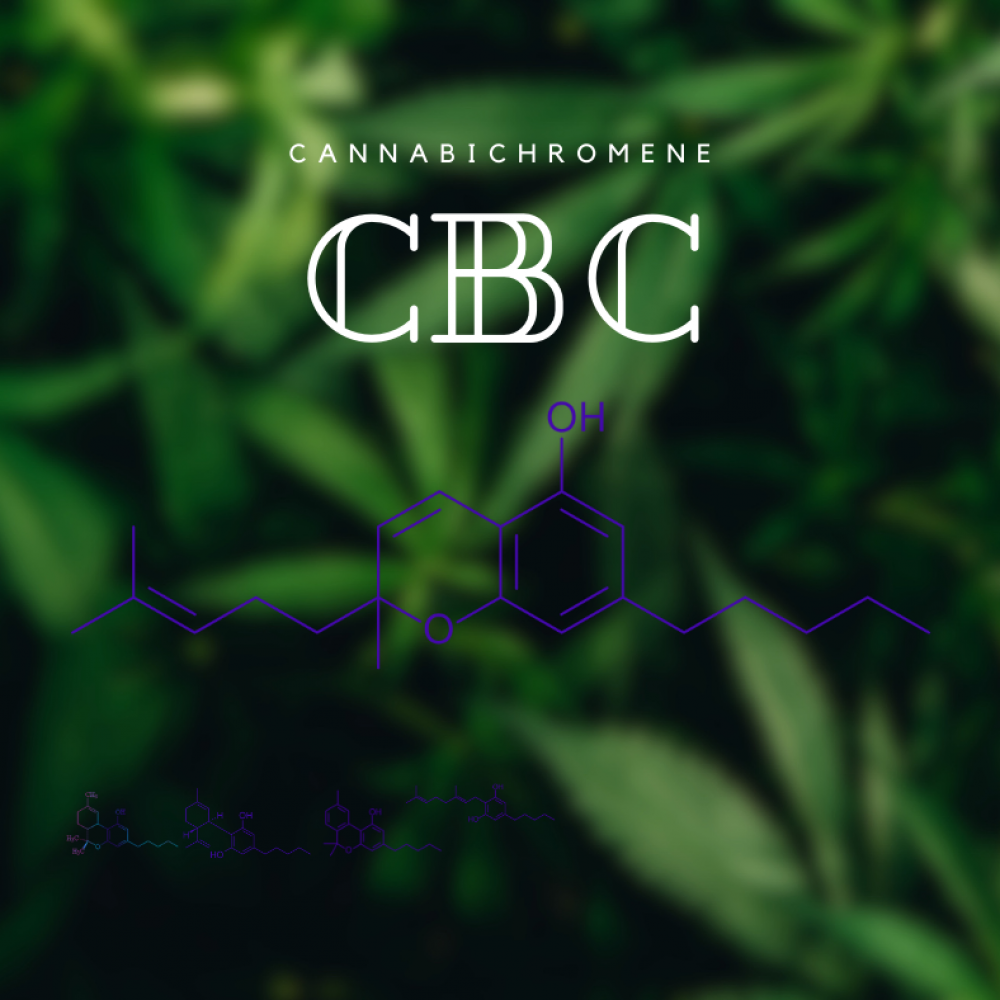
6. Tetrahydrocannabivarin (THCV)
- Effects: May reduce appetite, potentially stimulating and energizing.
- Found in: Certain Sativa strains and Cannabis varieties from equatorial regions.
- Uses: Potential in weight loss, anti-convulsant effects, and stimulating properties.
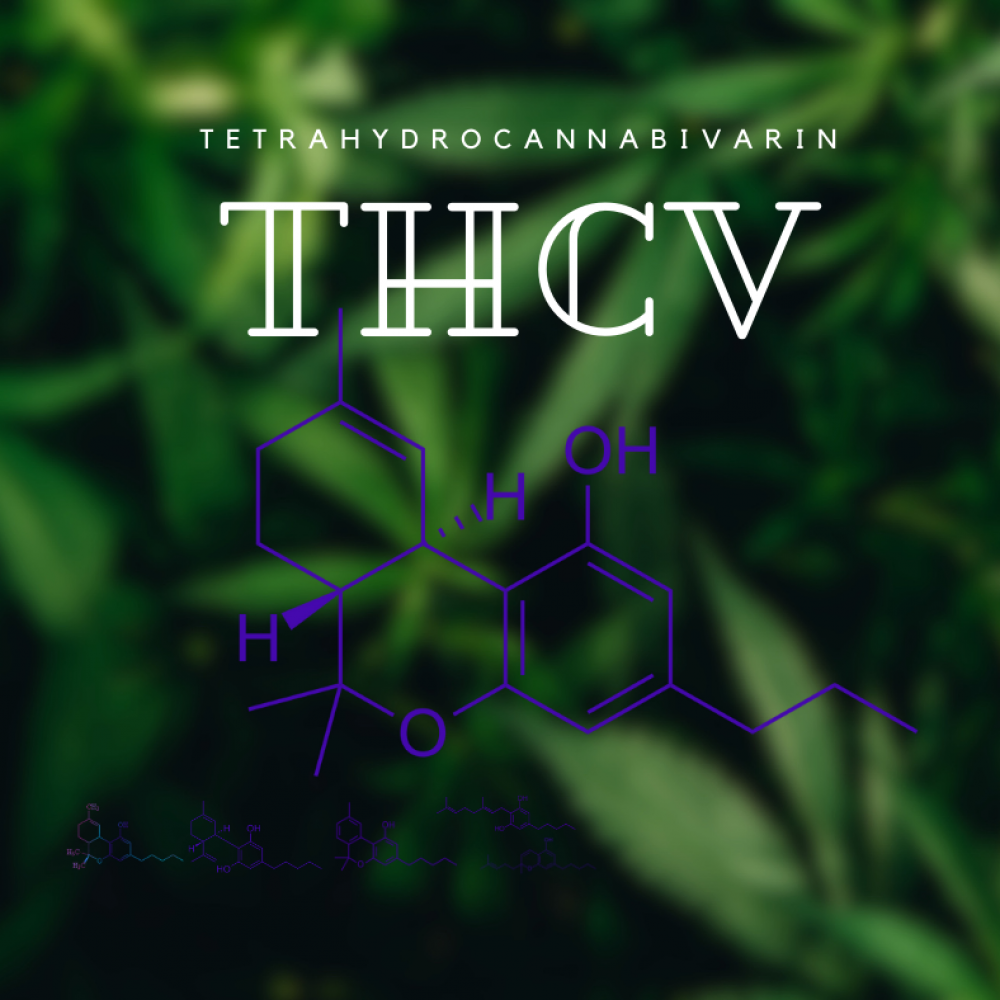
7. Cannabidivarin (CBDV)
- Effects: Non-psychoactive, potential anti-convulsant, anti-nausea effects.
- Found in: Cannabis Sativa & Indica.
- Uses: Potential in treating epilepsy, nausea, and anxiety disorders.
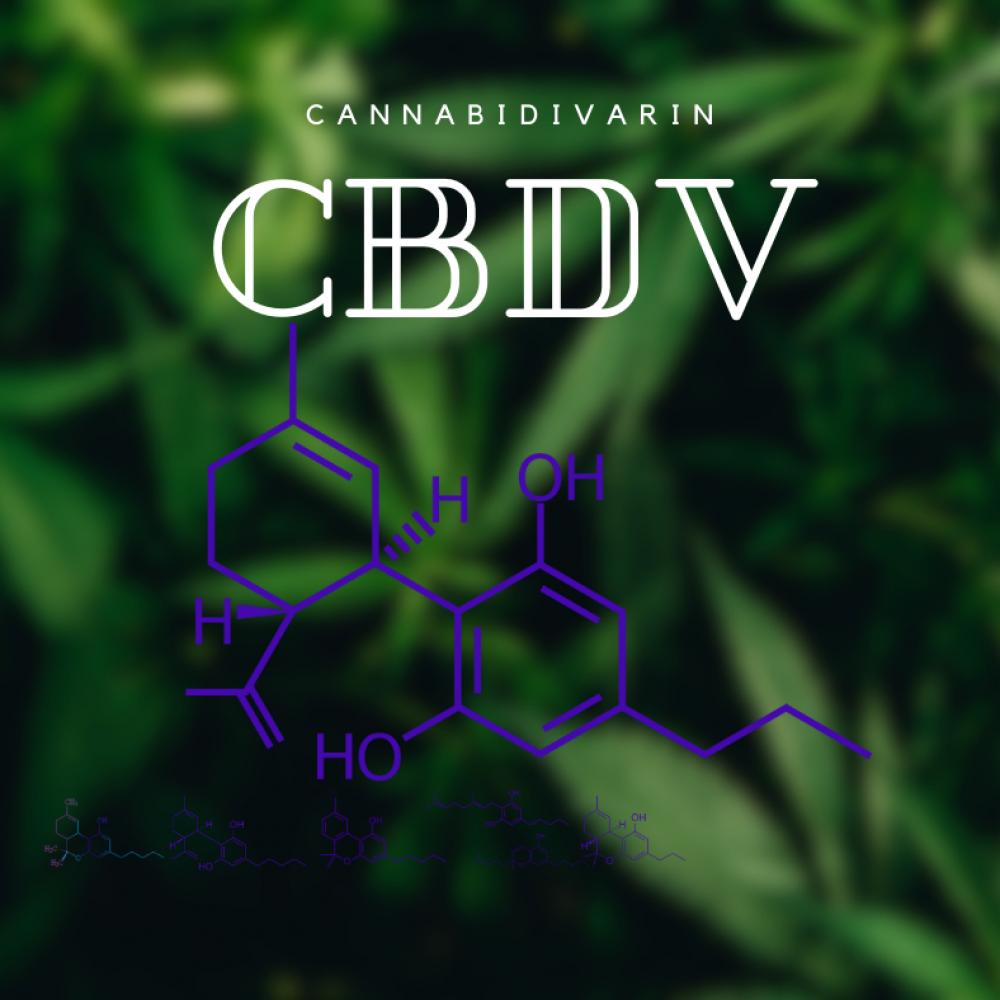
8. Tetrahydrocannabinolic Acid (THCA)
- Effects: Non-psychoactive in its raw form, converts to THC upon heating.
- Found in: Raw Cannabis.
- Uses: Potential anti-inflammatory, neuroprotective, and anti-proliferative effects.
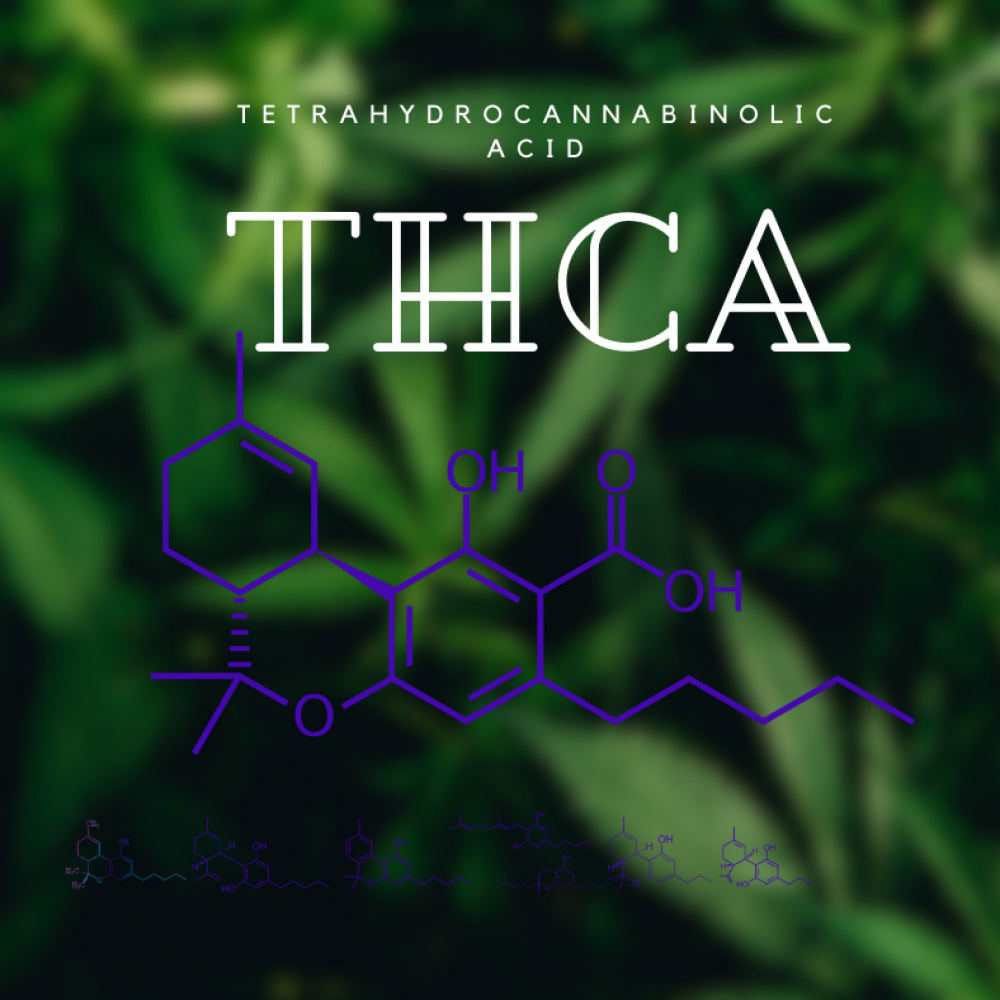
9. Cannabidiolic Acid (CBDA)
- Effects: Non-psychoactive, precursor to CBD.
- Found in: Raw Cannabis.
- Uses: Potential anti-inflammatory, anti-proliferative, and anti-nausea effects.
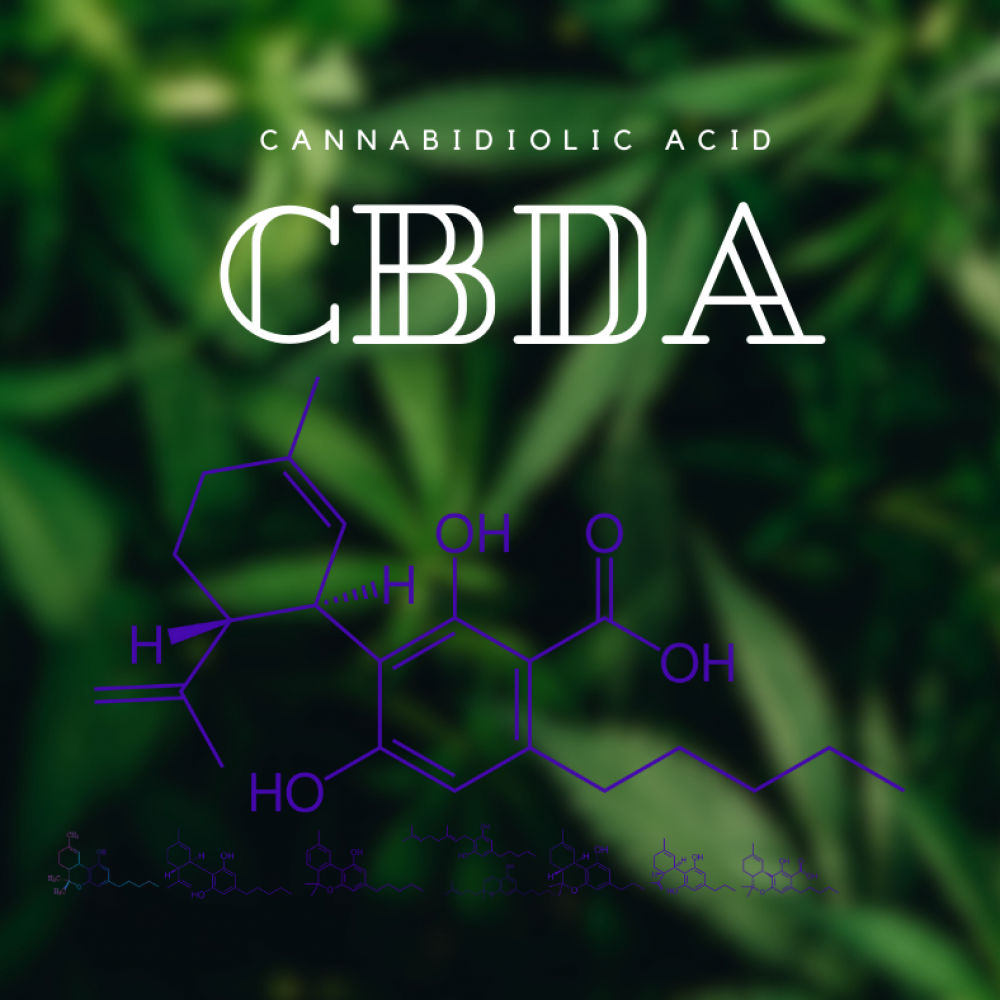
10. Cannabigerolic Acid (CBGA)
- Effects: Precursor to major cannabinoids like THC, CBD, and CBG.
- Found in: Cannabis Sativa & Indica.
- Uses: Crucial in cannabinoid biosynthesis, potential anti-inflammatory properties.

Sources and Effects Overview
Strain Varieties: Sativa strains may contain higher levels of THCV, while Indica strains might possess elevated levels of CBN.
Hemp vs. Cannabis: Hemp typically contains high CBD and low THC levels, while cannabis strains vary in their cannabinoid composition.
Research and Future Prospects
Ongoing cannabinoid research reveals their potential in treating various medical conditions. While THC and CBD remain prominent, exploring the therapeutic potential of lesser-known cannabinoids is crucial for unlocking the full spectrum of cannabis benefits.
Navigating the Expansive World of Cannabinoids
The multitude of cannabinoids found in cannabis presents a rich tapestry of potential benefits and effects. Understanding their sources, effects, and interactions is pivotal in harnessing the therapeutic potential of cannabis for medicinal and wellness purposes.
Get all your essential cannabis knowledge here.








